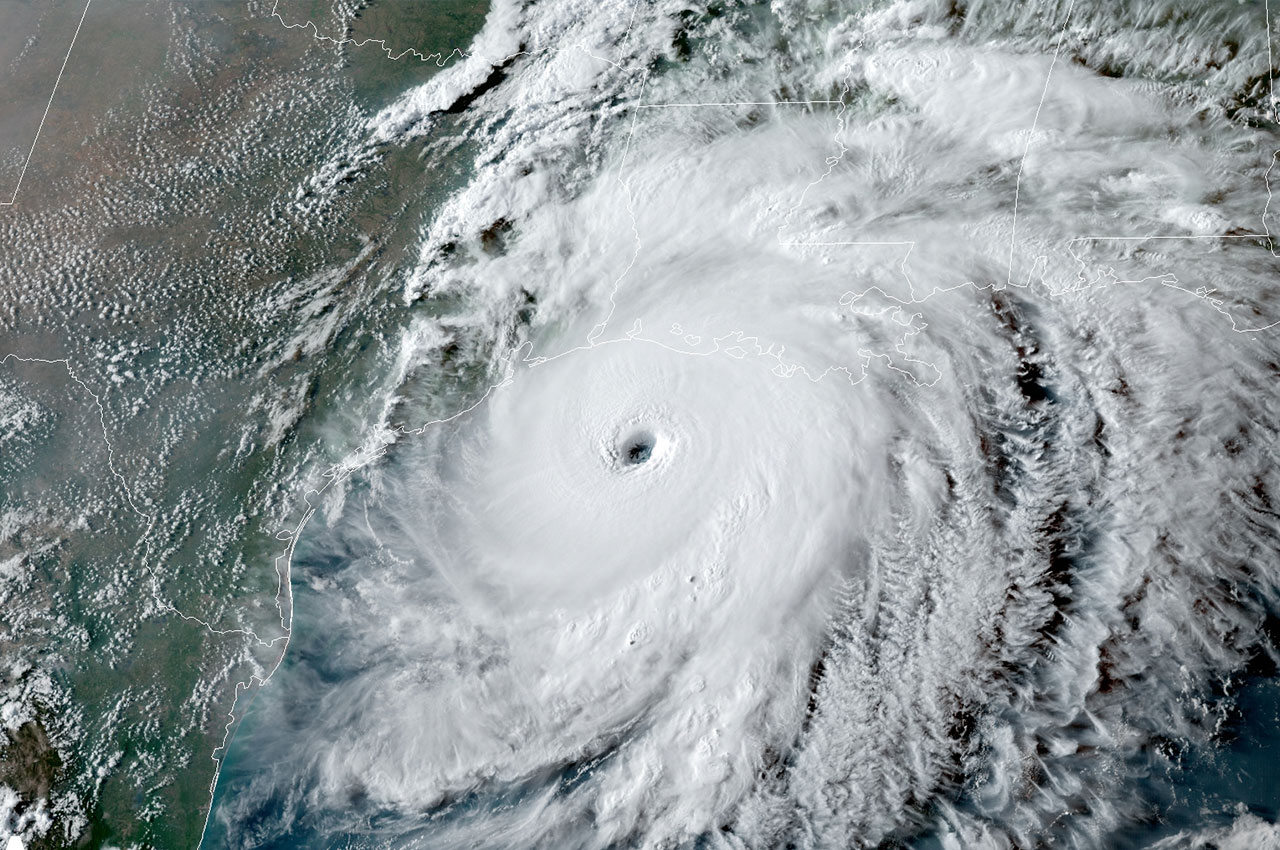For 2021, NOAA is predicting another active Atlantic hurricane season. Here’s what they are currently predicting with a 70% confidence on the ranges:
- A likely range of 13 to 20 named storms (winds of 39 mph or higher)
- Of those, 6 to 10 could become hurricanes (winds of 74 mph or higher)
- Including 3 to 5 major hurricanes (category 3, 4 or 5; with winds of 111 mph or higher)
“Now is the time for communities along the coastline as well as inland to get prepared for the dangers that hurricanes can bring,” said Secretary of Commerce Gina Raimondo. “The experts at NOAA are poised to deliver life-saving early warnings and forecasts to communities, which will also help minimize the economic impacts of storms.”
Last month, NOAA updated the statistics used to determine when hurricane seasons are above-, near-, or below-average relative to the latest climate record. Based on this update an average hurricane season produces 14 named storms, of which 7 become hurricanes, including 3 major hurricanes.
El Nino Southern Oscillation (ENSO) conditions are currently in the neutral phase, with the possibility of the return of La Nina later in the hurricane season, according to NOAA.
“ENSO-neutral and La Nina support the conditions associated with the ongoing high-activity era,” said Matthew Rosencrans, lead seasonal hurricane forecaster at NOAA’s Climate Prediction Center. “Predicted warmer-than-average sea surface temperatures in the tropical Atlantic Ocean and Caribbean Sea, weaker tropical Atlantic trade winds, and an enhanced west African monsoon will likely be factors in this year’s overall activity.”
According to NOAA scientists, they don’t expect this season to be as busy as last year, but it only takes one storm to devastate a community.
“The forecasters at the National Hurricane Center are well-prepared with significant upgrades to our computer models, emerging observation techniques, and the expertise to deliver the life-saving forecasts that we all depend on during this, and every, hurricane season,” said Ben Friedman, acting NOAA administrator.
Last year’s record-breaking season serves as a reminder to all residents in coastal regions or areas prone to inland flooding from rainfall to be prepared for the 2021 hurricane season.
The Atlantic hurricane season extends from June 1 through November 30.


